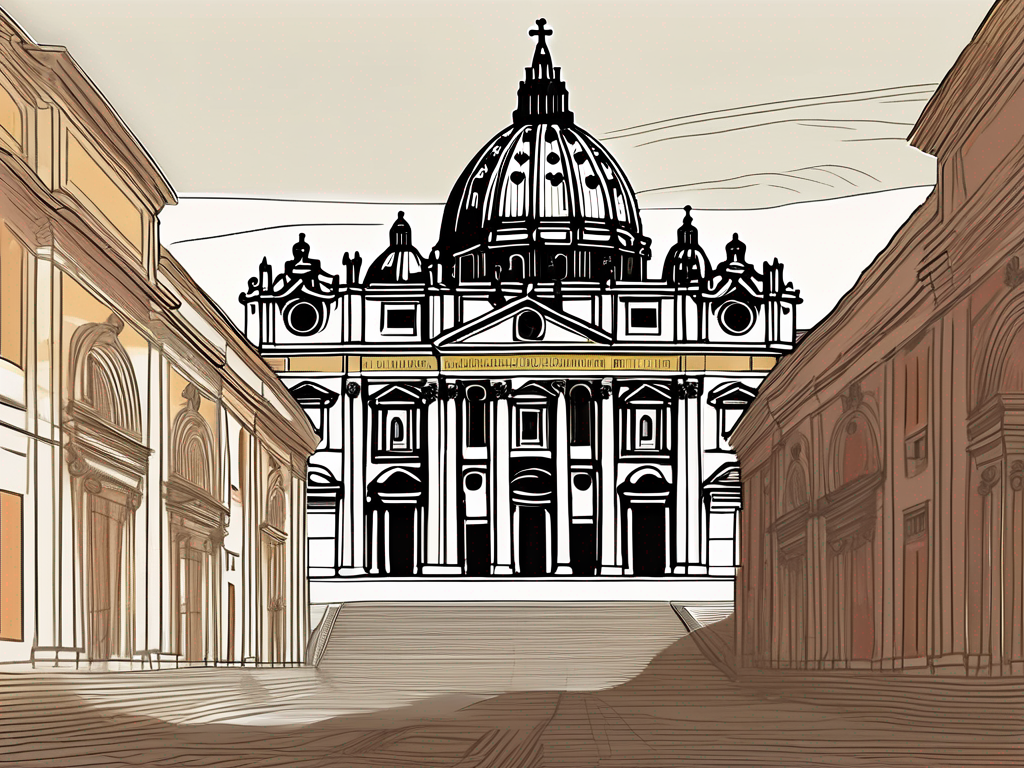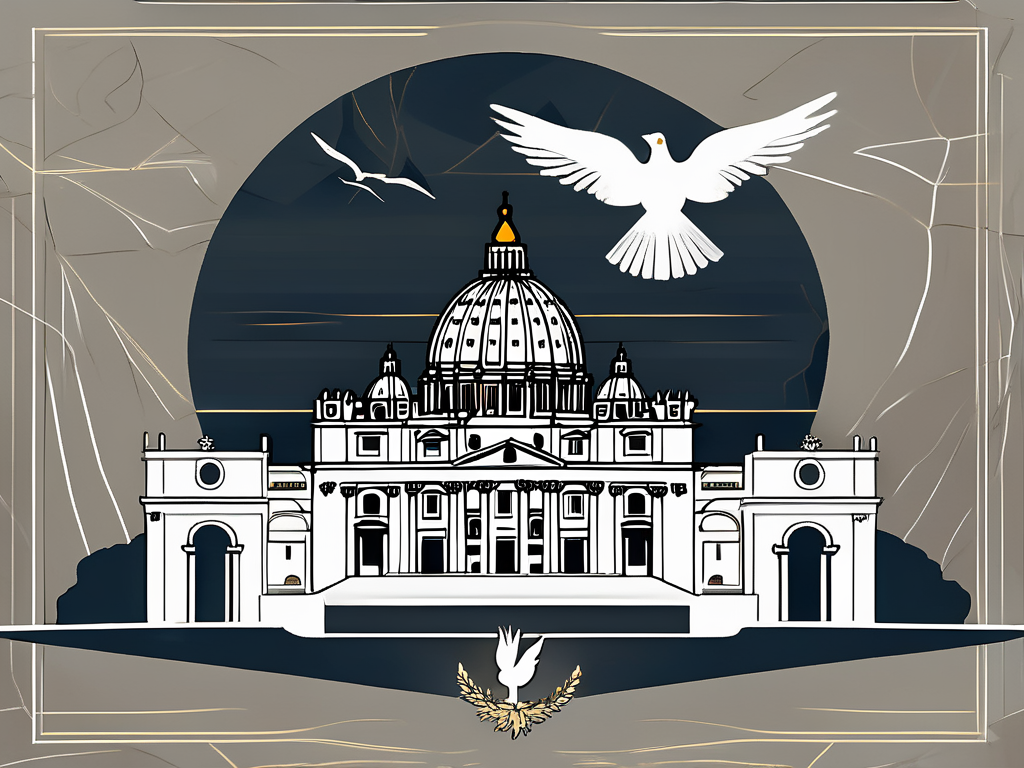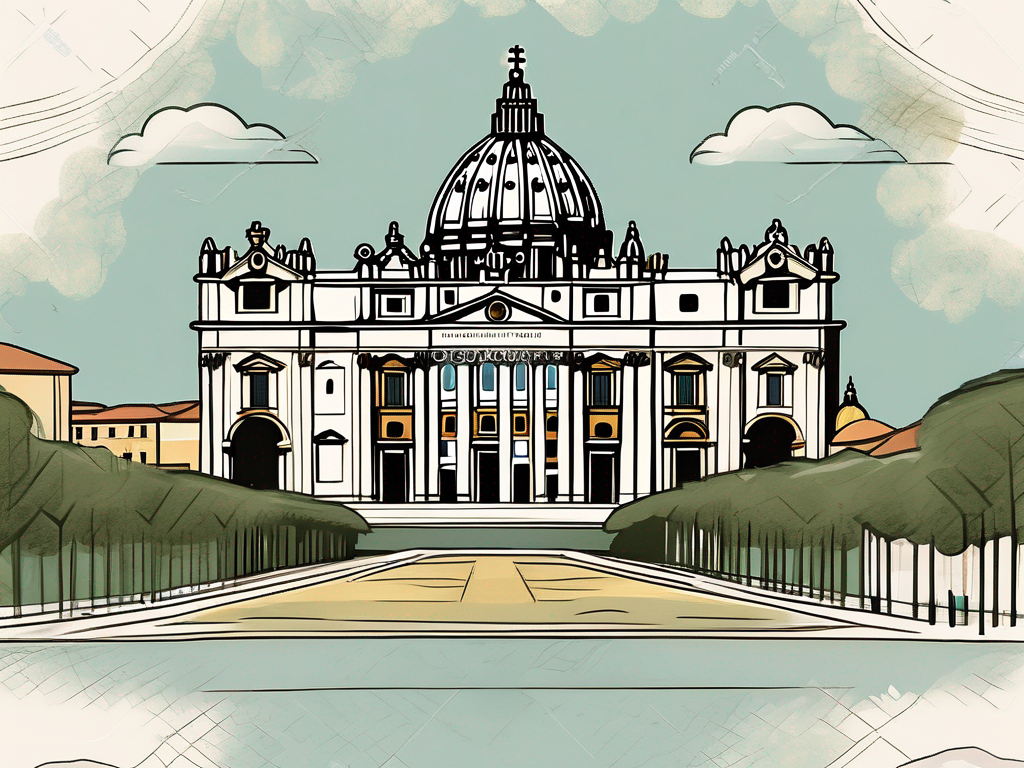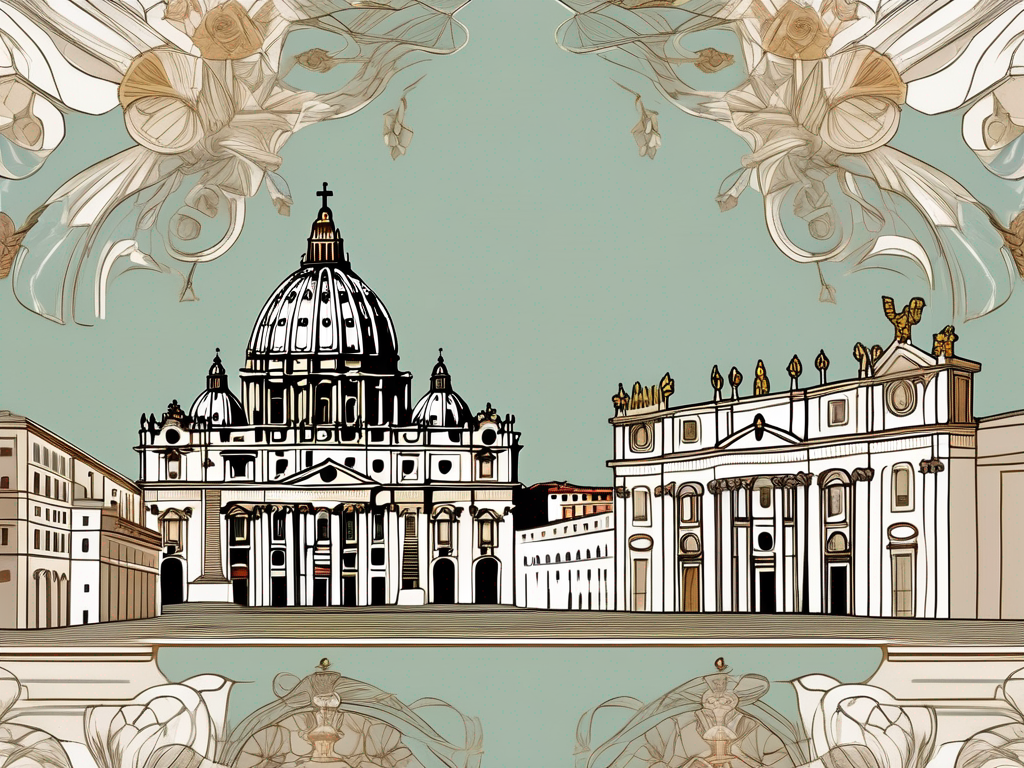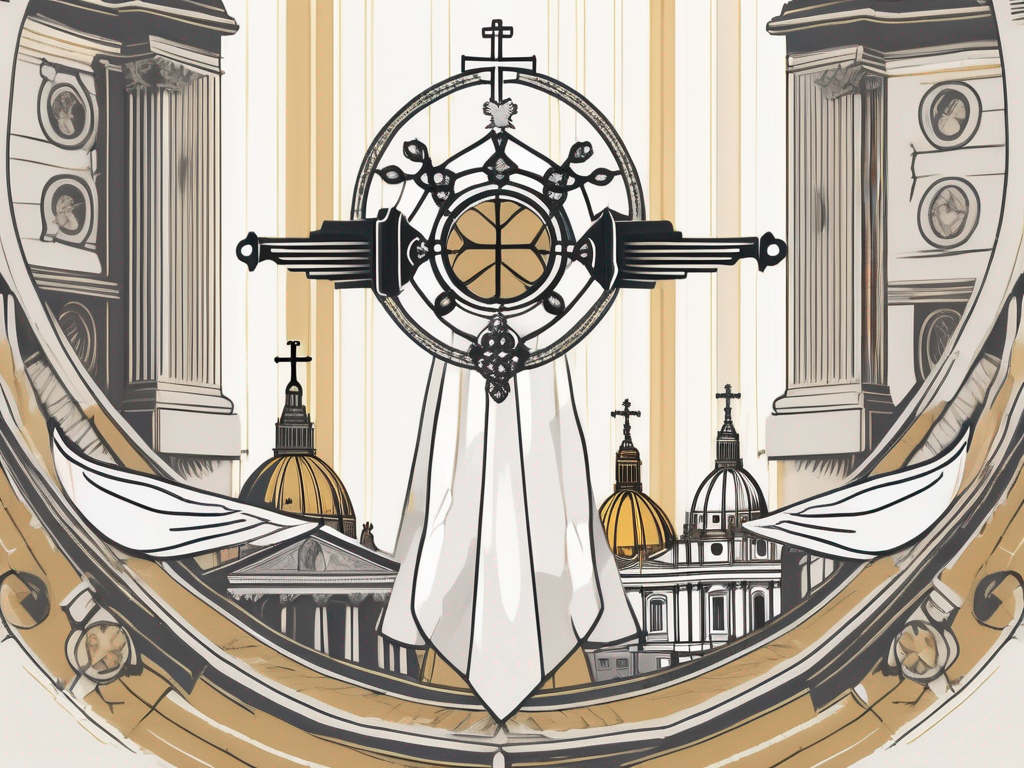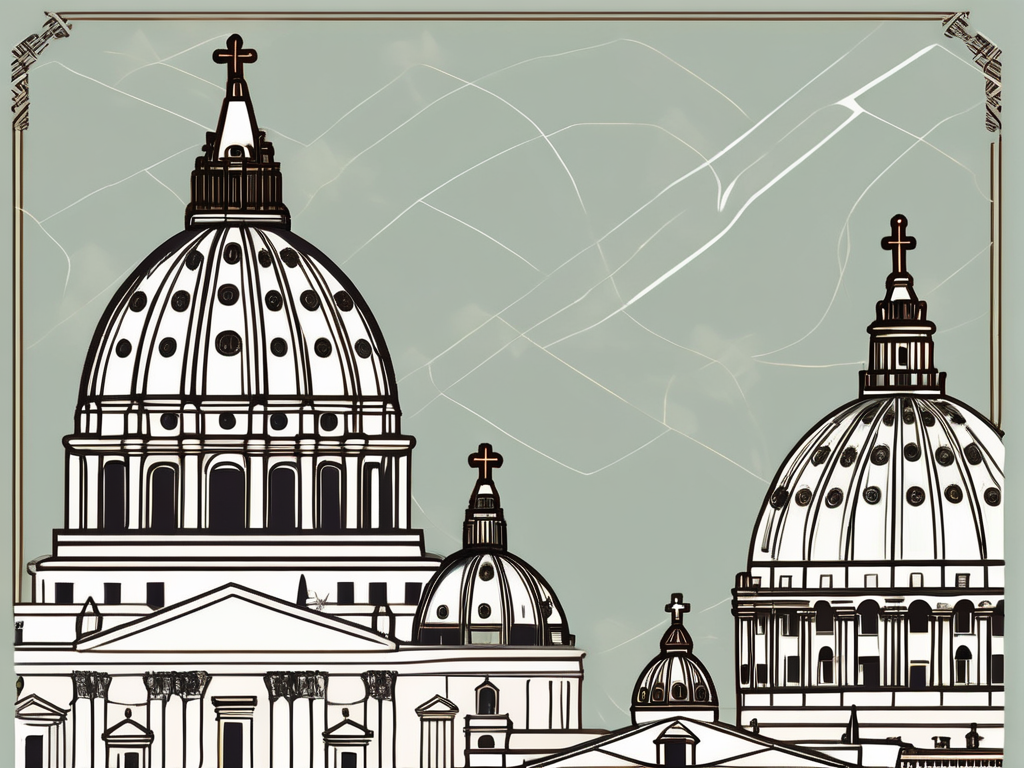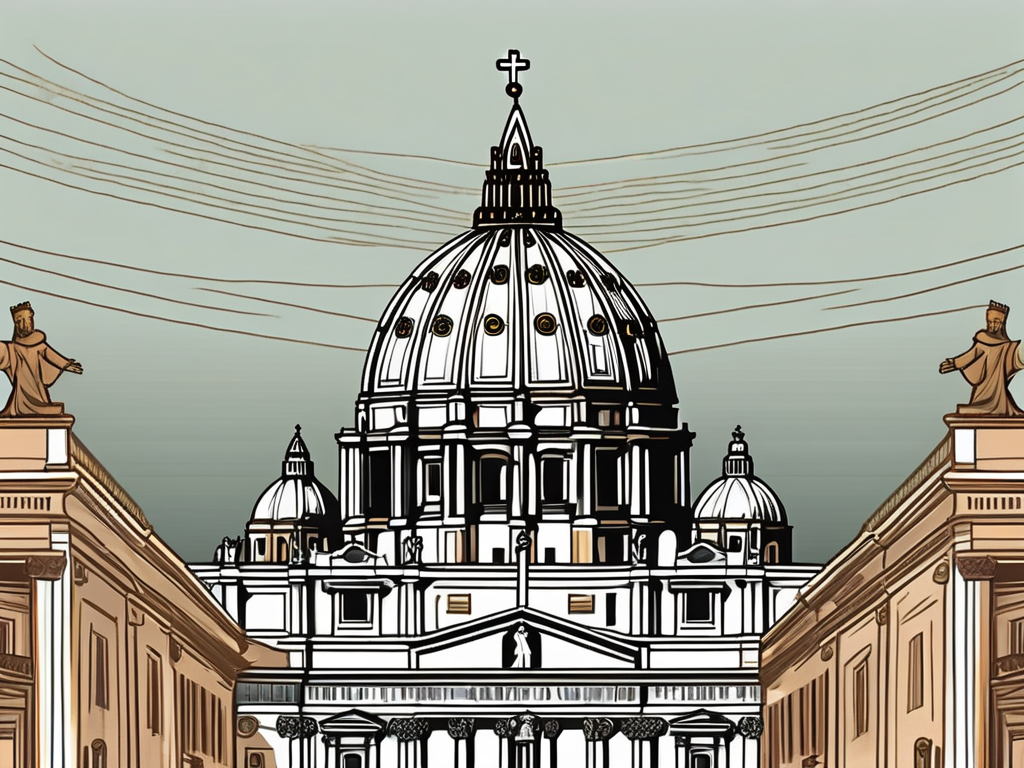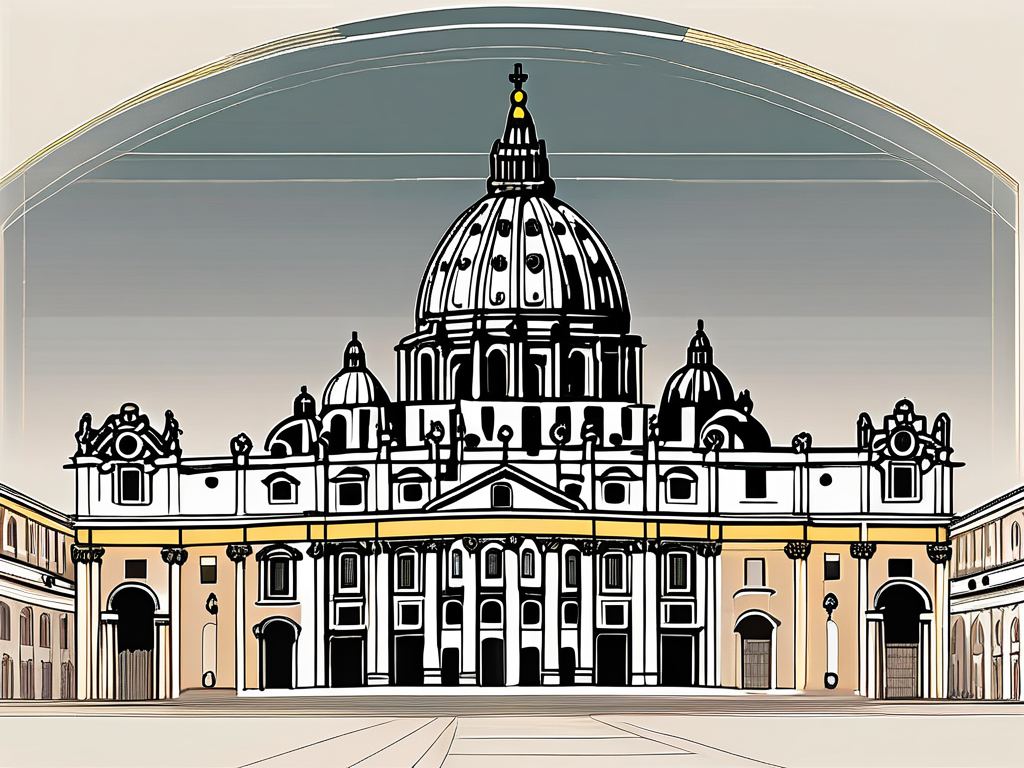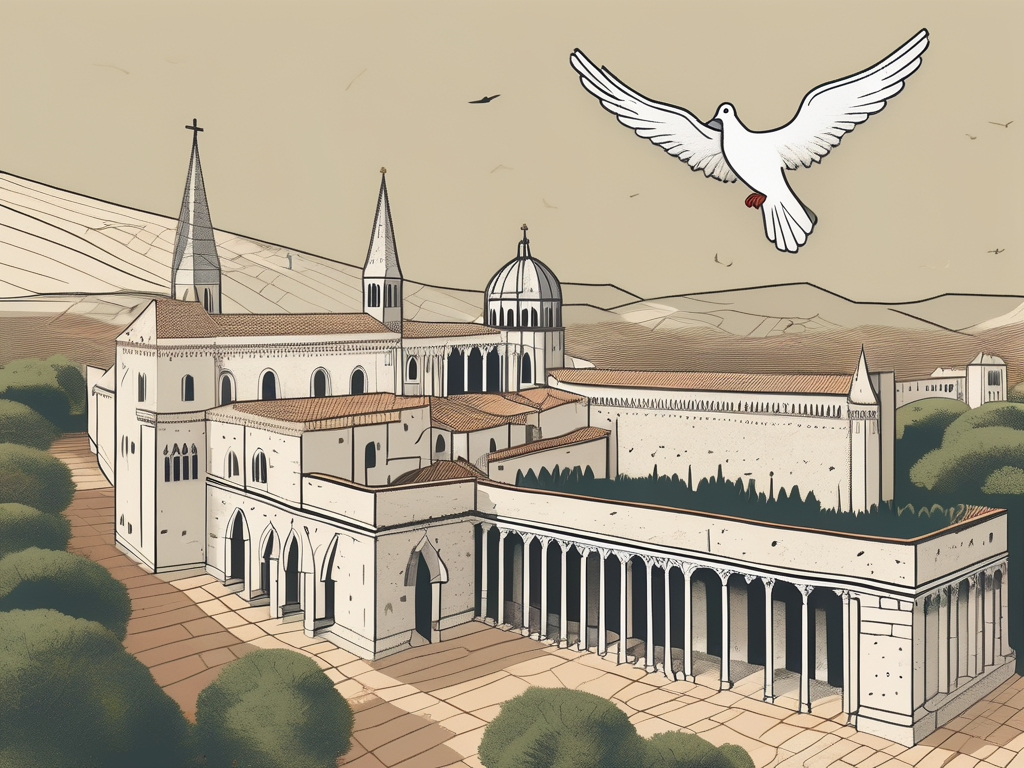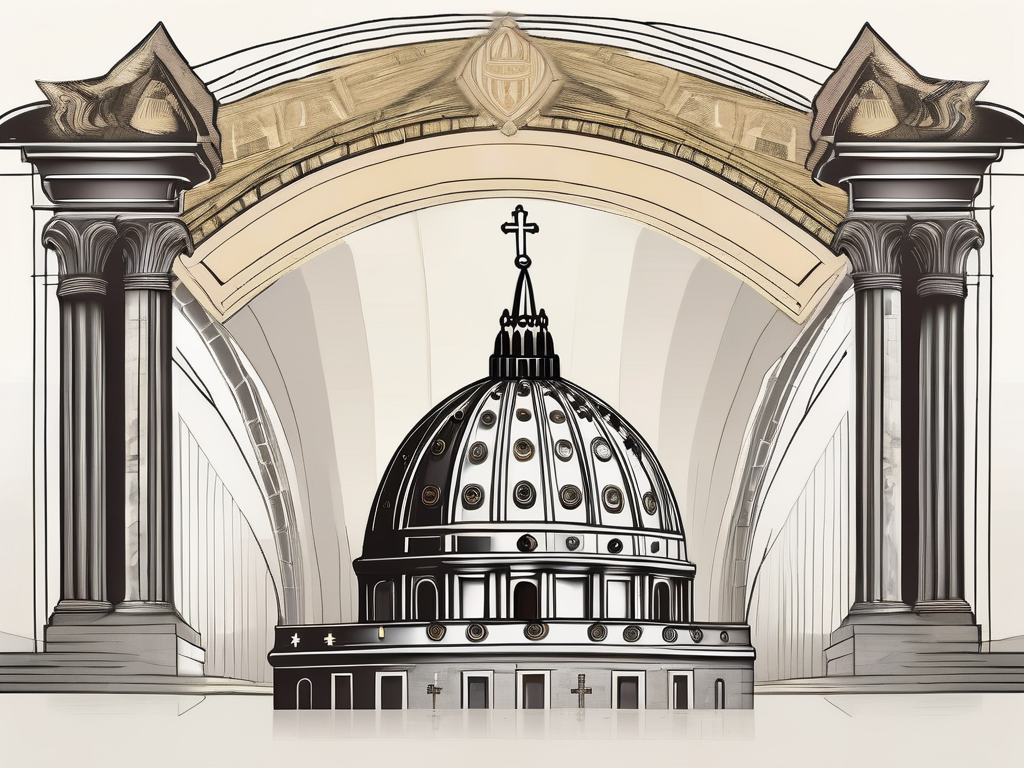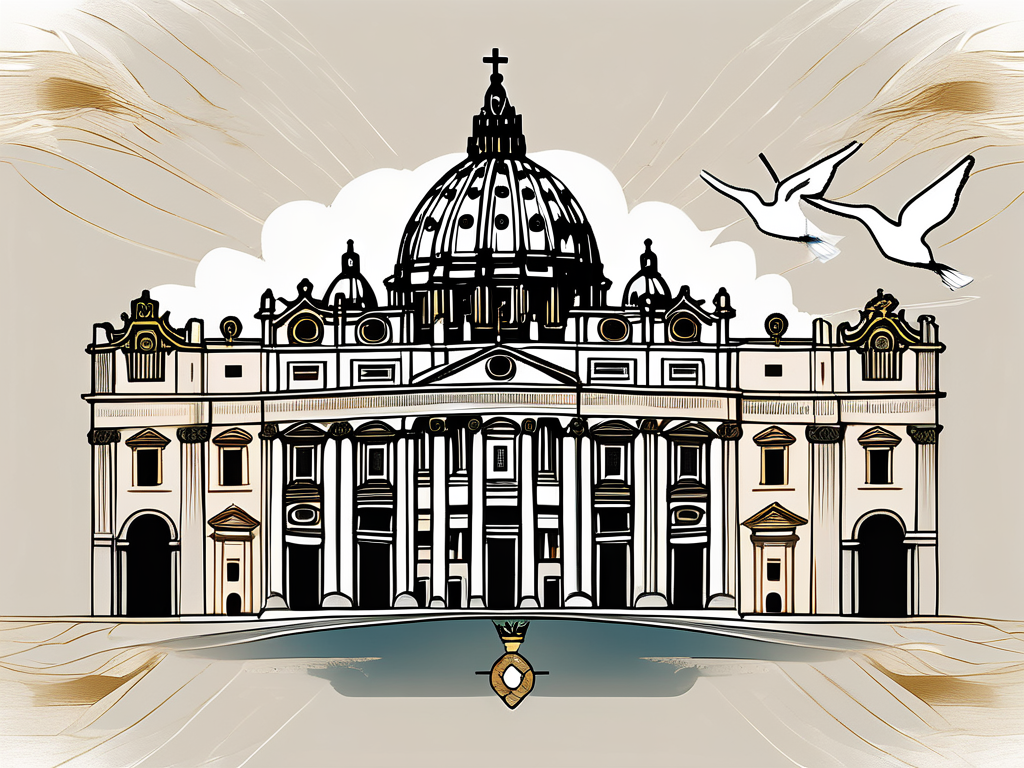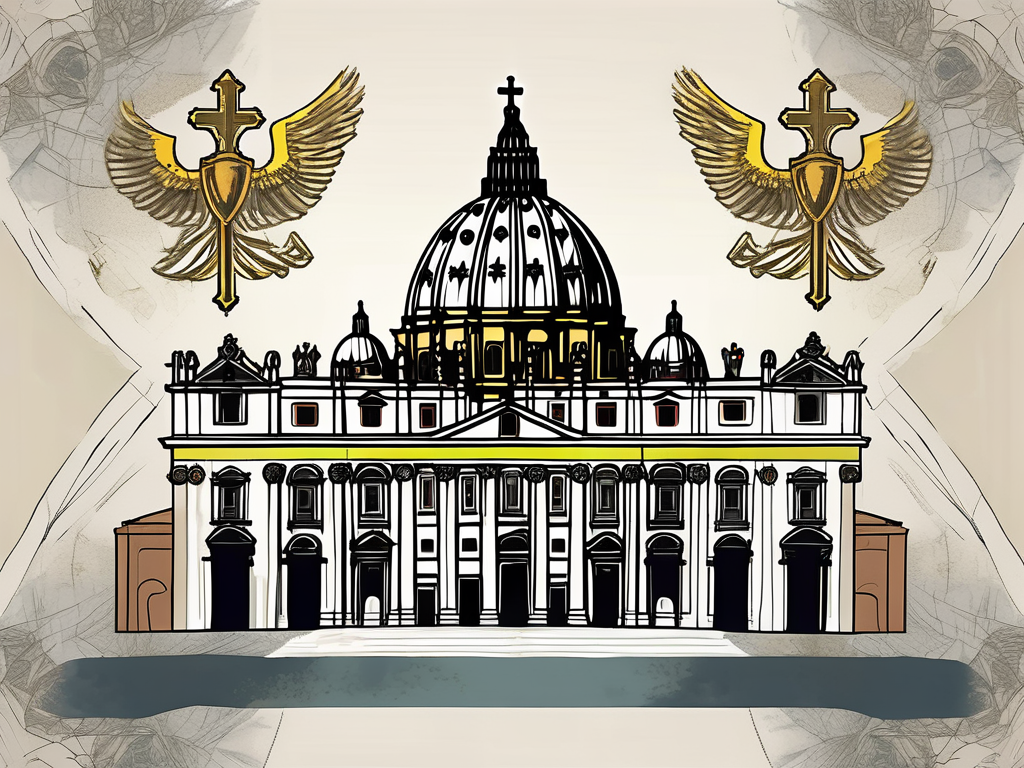In the rich tapestry of history, few individuals have left such a lasting impact as Pope Clement VII. From his early life and education to his ascension to the papacy, and from his key decisions and policies to his cultural and artistic contributions, his life is a fascinating tale of power, controversy, and legacy.
Early Life and Education of Pope Clement VII
Birth and Family Background
Pope Clement VII, born Giulio di Giuliano de’ Medici, came into this world on May 26, 1478, in Florence, Italy. He was part of the illustrious Medici family, a powerful dynasty that exerted significant influence over the city-state and the Catholic Church. Their patronage of the arts and their political machinations were legendary.
Giulio’s birth into the Medici family was not just a matter of privilege but also a responsibility. The Medici family had a long history of supporting the arts and sciences, and Giulio was expected to continue this tradition. From a young age, he was exposed to the rich cultural heritage of Florence, surrounded by the works of great artists such as Leonardo da Vinci and Michelangelo.
The Medici family’s influence extended beyond Florence. They were known for their connections with other powerful families and rulers across Europe. This network of alliances and relationships would play a crucial role in Giulio’s future as he navigated the complex web of politics and power.
Education and Early Influences
Giulio’s parents recognized his intelligence and potential from an early age and provided him with an exceptional education. They understood the importance of a well-rounded education, and Giulio’s studies encompassed a wide range of subjects.
Under the guidance of renowned scholars, Giulio delved into the world of humanist disciplines, immersing himself in the works of ancient philosophers and poets. He studied the classics, learning Latin and Greek, and developed a deep appreciation for the wisdom of the past.
Alongside his humanist studies, Giulio also delved into theology and canon law. These subjects were of particular importance in a time when the Catholic Church held immense power and influence. Giulio’s understanding of theology and canon law would prove invaluable as he rose through the ranks of the Church hierarchy.
Giulio’s education was not limited to the confines of the classroom. He had the opportunity to witness firsthand the political and cultural developments of his time. Florence, as the center of the Renaissance, was a hub of intellectual and artistic activity. Giulio attended lectures, engaged in philosophical debates, and witnessed the creation of masterpieces that would shape the course of art history.
These formative years would shape Giulio’s future as a scholar and a leader. The knowledge and experiences gained during his education would serve as a foundation for his later achievements. Little did he know that the path ahead would be filled with challenges and opportunities to leave a lasting mark on history.
Ascension to Papacy
In 1523, after the death of Pope Adrian VI, Cardinal Giulio de’ Medici was elected as the 152nd Pope of the Catholic Church and took the name Clement VII. His papal coronation brought a sense of hope and expectation for both the Catholic faithful and the secular powers who hoped to shape the course of European history.
As the newly elected Pope, Clement VII faced a daunting task of leading the Catholic Church during a time of great turmoil and uncertainty. The world was on the brink of a religious revolution, with the Protestant Reformation gaining momentum and challenging the authority of the Church. The faithful looked to the papacy for guidance and stability, hoping that Clement VII would be able to navigate these treacherous waters and preserve the unity of the Church.
Election and Papal Coronation
The election of Cardinal Giulio de’ Medici as Pope Clement VII was a momentous occasion in the history of the Catholic Church. The conclave, consisting of the College of Cardinals, gathered in the Sistine Chapel to deliberate and choose the successor to Pope Adrian VI. After days of intense discussions and negotiations, Cardinal de’ Medici emerged as the chosen candidate.
The papal coronation ceremony was a grand spectacle, filled with pomp and pageantry. The newly elected Pope, dressed in his regal vestments, was anointed with holy oils and crowned with the papal tiara. The crowd of faithful gathered in St. Peter’s Square erupted in cheers and applause, welcoming their new spiritual leader with open arms.
With the papal coronation complete, Pope Clement VII assumed his role as the head of the Catholic Church, ready to face the challenges and controversies that lay ahead.
Challenges and Controversies
However, Clement VII’s reign was not without its trials. He faced immense challenges, both external and internal, that tested his leadership and decision-making abilities.
The Protestant Reformation, led by figures such as Martin Luther and John Calvin, was rapidly gaining momentum across Europe. The movement questioned the teachings and practices of the Catholic Church, sparking widespread debate and unrest. Pope Clement VII found himself at the center of this religious upheaval, as he grappled with how to respond to the growing dissent and maintain the unity of the Church.
Additionally, political disputes between various European powers created a complex web of alliances and rivalries that placed the papacy in a delicate position. The balance of power was constantly shifting, and Clement VII had to navigate these treacherous waters with diplomacy and tact. He found himself entangled in the political machinations of the time, as kings and emperors sought to exert their influence over the Church for their own gain.
Amidst these challenges and controversies, Pope Clement VII worked tirelessly to uphold the traditions and teachings of the Catholic Church. He sought to find common ground with the Protestant reformers, engaging in dialogue and attempting to address their concerns. However, his efforts were often met with resistance and hostility, as the divide between Catholicism and Protestantism grew wider.
Throughout his papacy, Clement VII faced numerous setbacks and setbacks, but he remained steadfast in his commitment to the Church and its mission. His reign would be remembered as a time of great change and upheaval, as the Catholic Church grappled with the challenges of a rapidly changing world.
Key Decisions and Policies
During his pontificate, Clement VII made several key decisions and implemented policies that had a significant impact on the Catholic Church and European politics. These decisions and policies shaped his legacy and continue to be studied and debated by historians.
Role in the Protestant Reformation
One of Clement VII’s most significant contributions was his response to the Protestant Reformation. Recognizing the need for reform within the Church, he sought to address the concerns raised by Martin Luther and other reformers. Clement VII understood that the Church needed to adapt and evolve to maintain its relevance and moral authority.
However, his attempts at reconciliation were met with resistance from conservative factions within the Church. These factions were wary of any changes that could potentially undermine their power and influence. This resistance led to further fractures within the Church, with some reformers becoming more radical in their demands for change.
Clement VII’s efforts to find a middle ground between the reformers and the conservative factions proved challenging. The Reformation continued to spread across Europe, leading to the establishment of Protestant churches and the fragmentation of the Catholic Church’s authority. Despite his best intentions, Clement VII was unable to prevent the schism that would forever change the religious landscape of Europe.
Diplomatic Relations and Wars
Clement VII’s pontificate was also marked by his involvement in the intricate web of diplomatic relations and wars that defined European politics. As the leader of the Catholic Church, he held a unique position of influence and power, which he used to navigate the delicate balance between the major powers of the time.
During his reign, Europe was embroiled in numerous conflicts and power struggles. Clement VII skillfully maneuvered through this volatile geopolitical landscape, seeking to preserve the influence and independence of the papacy. He engaged in diplomatic negotiations, forming alliances and mediating disputes between rival factions.
However, Clement VII’s efforts to maintain peace and stability were often challenged by the ambitions and rivalries of European rulers. He found himself caught in the crossfire of competing interests, which sometimes led to the Church being drawn into wars and conflicts.
Despite the challenges, Clement VII’s diplomatic skills and strategic decision-making helped to maintain the papacy’s relevance and influence during a tumultuous period in European history. His ability to navigate the complex political landscape earned him respect and admiration from both allies and adversaries.
In conclusion, Clement VII’s pontificate was marked by his response to the Protestant Reformation and his involvement in European politics. His attempts at reform within the Church were met with resistance, leading to further divisions. Meanwhile, his diplomatic efforts aimed at preserving the papacy’s influence were often tested by the volatile geopolitical landscape of the time. Clement VII’s decisions and policies continue to be studied and analyzed, shaping our understanding of this pivotal period in history.
Cultural and Artistic Contributions
Patronage of Renaissance Art
Like his Medici predecessors, Clement VII had a deep appreciation for the arts. As a patron of Renaissance artists, he supported the works of Michelangelo, Raphael, and other luminaries of the era. Their masterpieces adorned the Vatican, breathing life into its halls and galleries.
Architectural Innovations
In addition to his patronage of the arts, Clement VII contributed to architectural innovations during his papacy. He commissioned the construction and renovation of various churches and buildings, leaving a lasting legacy of architectural splendor that still captivates visitors to this day.
The Sack of Rome and its Aftermath
The Siege and Looting
One of the darkest chapters in Clement VII’s papacy came in 1527 when Rome was besieged and subsequently sacked by the army of Emperor Charles V. The city and the Vatican were ravaged, and the pope himself was held captive. The impact of this traumatic event reverberated throughout Europe, forever altering the course of history.
Impact on the Papacy and Europe
The Sack of Rome had far-reaching consequences, both for the papacy and for Europe as a whole. It weakened the authority of the Church and further fueled the fires of the Protestant Reformation. It also signaled a shift in the balance of power among European nations, leading to new alliances and conflicts that shaped the continent’s future.
As we reflect on the life and legacy of Pope Clement VII, we are reminded of the complex and dynamic nature of history. His contributions to the arts, his attempts at reform, and the challenges he faced during a tumultuous era all combine to make him a fascinating figure. Pope Clement VII’s impact extends far beyond his contemporaries, leaving an indelible mark on the tapestry of human civilization.
